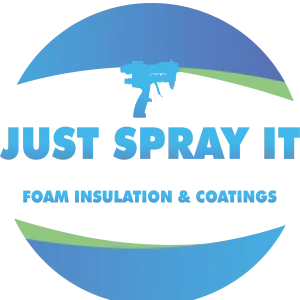Spray foam insulation has earned the reputation of being the most versatile and energy-efficient insulation solution. However, there are several misconceptions and myths about spray foam insulation that have persisted over time. In this article, we will debunk five common myths about spray foam insulation.
Myth 1: Spray foam insulation is harmful to the environment
This is a common myth that has been debunked time and time again. While some older versions of spray foam insulation contained chemicals that were harmful to the environment, modern spray foam insulation is eco-friendly and safe. Today’s spray foam insulation is made from renewable materials and does not contain harmful chemicals like CFCs or HCFCs.
Myth 2: Spray foam insulation is expensive
While spray foam insulation may have a higher upfront cost than traditional insulation materials, it can save you money in the long run. Spray foam insulation creates an airtight seal that prevents air leaks, which can lead to energy savings of up to 50%. Additionally, spray foam insulation has a longer lifespan than traditional insulation, so you’ll save money on replacement costs over time.
Myth 3: Spray foam can be injected into walls through a small hole
While it is true that installing spray foam insulation requires specialized equipment and training, it is not difficult to install for experienced professionals. Professional installers like Just Spray It have the expertise and equipment to install spray foam insulation quickly and efficiently. Additionally, spray foam insulation can be installed in a variety of applications, including walls, attics, and crawl spaces.
Myth 4: Spray foam insulation is only suitable for new construction
This is a common misconception that can lead to ineffective insulation and potentially costly damage to your walls, which is why it is not allowed in Canada. While it may seem like an easy solution to inject spray foam insulation through a small hole in the drywall, this method is not recommended. To properly insulate your walls with spray foam insulation, you need to remove the drywall and apply the insulation directly to the framing.
Myth 5: Spray foam insulation is prone to mold and mildew
This is a common misconception that is not supported by research. Spray foam insulation is an effective moisture barrier that prevents the growth of mold and mildew. Additionally, modern spray foam insulation is designed to resist moisture and does not provide a food source for mold or mildew.
